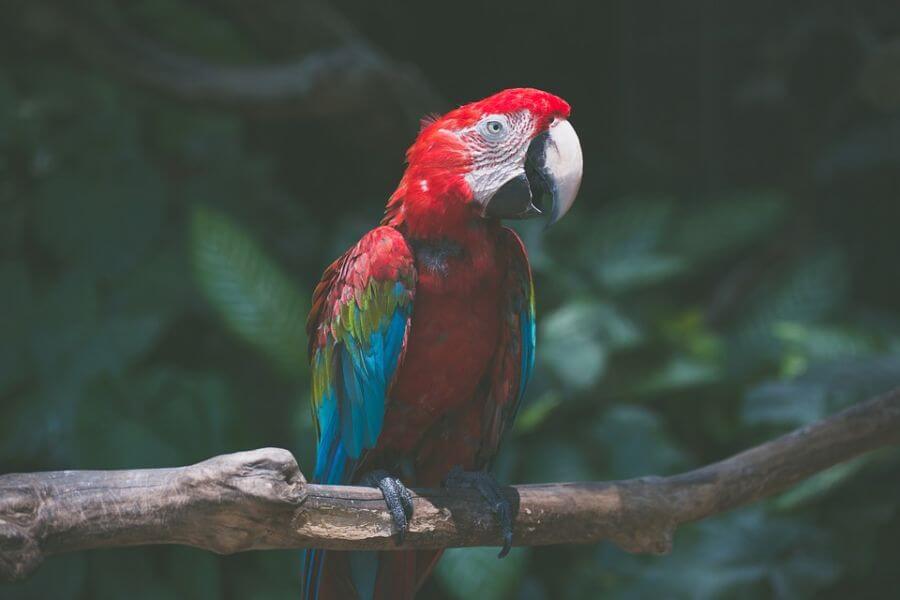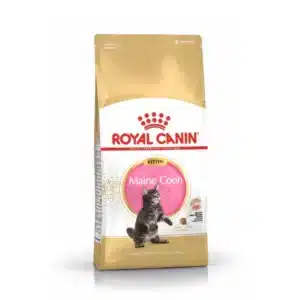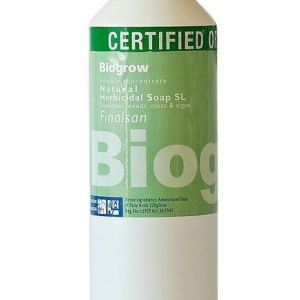How to care for your pet bird
DIY and how-to

How to care for your pet bird?
Are you thinking of getting a new bird as a pet? Each species is unique and wonderful in its own way, but there are some general guidelines that apply to them all.
Be sure the bird you choose is healthy. A sick bird is no bargain, no matter what the price. By the time a bird shows any symptoms of disease, the illness has usually progressed quite far. Signs of good health in a bird include bright eyes, clean shiny feathers, good appetite and lots of energy. Healthy birds eat often and are active.
Finding an avian veterinarian can be difficult. Many vets do not treat birds, so it is important to find a specialist in avian care. Sometimes the breeder or pet store where you purchased your bird will have a referral to a local avian practitioner. Stodels recommends Dr Dion de Beer from Animal Zone.
Setting up your bird’s new home
Buy the largest cage you can reasonably manage in your home. Be sure your bird cannot slip his head between the bars. It should be convenient to clean and allow easy access to food and water containers. The perches should be of varying sizes, preferably of natural branches. Eucalyptus is a safe wood for birds to chew. Rinse it off before placing it in the cage. If you have other birds, you should initially place your new bird in an isolated room since many birds harbor contagious, disease-causing organisms.
Nutrition
Bird’s diets vary greatly from one species to another, but a good rule is that no more than 50% of a bird’s diet should be seed and nuts. The remaining 50% should be vegetables, leafy greens, fruits, small amounts of cheese, lean cooked meats and boiled egg. Many birds love yogurt. All need fresh water daily.
Out in the wild, birds eat a wide variety of nuts, small pieces of meat, even another bird’s eggs occasionally. How can you duplicate this at home? Birds enjoy spaghetti or a bit of chicken. Hard-boiled egg is often a big hit. Almonds, walnuts or other nuts are fine in small quantities. Monkey chow is a tasty treat and an excellent source of protein for birds. It is available at most pet stores. Cuttlebone and mineral blocks are a good source of calcium. Some species, such as cockatiels and budgies, drink very little water and may benefit from a powdered vitamin sprinkled on moist food.
Safety
Even a bird with properly clipped wing feathers can flutter to disaster around the house. A ceiling fan should be an obvious “no-no”, but other mechanical appliances can be equally dangerous. Birds have been injured falling into electric beaters in the kitchen. They can fly and land on hot surfaces or into scalding water. Expect the unexpected with birds. If you open the hot oven, your parrot may pop right in!
Birds are very sensitive to toxins, especially those in the air they breathe. Cleaners, such as those used to degrease ovens, produce dangerous airborne contaminants and can be fatal to birds. Even strong cooking odors and smoke is a risk. Non-stick cookware is another worry. When overheated, the fumes can kill birds.
Birds can drown in small amounts of water. Upright narrow glasses are a danger, as is very hot water (birds don’t expect the water to be hot). The toilet bowl, uncovered, has been the source of many avian injuries. Birds do like water play, and with supervision, many even enjoy showers with their owners. Chewing is the next big concern with birds. Most birds chew anything they can get their beaks on. We must provide safe woods and chew toys to allow this natural, healthy exercise. Electric cords should be hidden and protected. Avoid poisonous house plants.
Knowing when your bird is sick
Birds that die “suddenly” have usually been sick and no one knew it. But take heart; there are some good indicators of poor health – you only have to know what to look for. Once you learn the signs of early illness, the necessary treatments can be performed by your avian veterinarian.
One of the best indicators of health is the bird’s droppings. Droppings with a mustard yellow liquid portion are not normal, nor is blood or a rusty brown color in faeces. Healthy birds eat often and make lots of droppings. A sick bird may have fewer droppings or no faecal portion in them, just white and liquid.
Another indicator of illness is a change in eating and drinking habits, for example, excessive water consumption. A bird who isn’t interested in food indefinitely is ill. A change in attitude or behavior can signal illness. Has he stopped talking, or does he appear sleepy and lethargic? Is he huddled on the bottom of the cage or sitting low and ruffled? Is he hiding his head under his wing? How about his feathers? Are they dull? Has he stopped preening himself? How about weight loss? Any of these symptoms indicates potentially serious problems.
Another sure sign of illness is any hint of respiratory distress. Open mouth breathing or any audible sounds, like clicking or wheezing are certain problems. A tail bob is also a sign of respiratory distress. Vomiting in birds is very abnormal unless it is regurgitating to feed a mate or baby. Any discharge from the eyes or nostrils is a sign of illness, as is a swelling around the eyes. Of course, any injury or bleeding requires immediate veterinary care. A broken “blood feather” must be pulled immediately to stop the bleeding. These new, immature feathers are recognised by their protective “cellophane-like” wrap and their visible blood supply.
Trimming wings, beaks and nails
Wing trims can be performed at home, or you may choose to have your avian vet do it. It is best to watch an experienced person perform a wing trim before doing it yourself. Never cut a blood feather. It has a prominent blood supply and will bleed if cut or broken. If you accidentally cut one, the only way to stop the bleeding is to grasp the wing and pull the feather out at the base. The best wing trims allow the bird to flutter to the ground but not maintain flight. This is accomplished by cutting feathers of both wings. Once a wing trim has been done, hold your bird close to the ground, allowing him to gradually discover that he cannot fly.
Some birds’ beaks may never need trimming, but others have overgrown tips or cracks that need smoothing. The beak has a blood and nerve supply and it is a good idea to let your avian bet decide how much, if any, should be removed.
Nail trimming is the most common avian grooming procedure. This can be done at home, but again it is advisable to learn from an expert. The nails will bleed during a nail trim, and a styptic powder will stop the bleeding. Parrots may have nails that become very sharp and painful to the person on whose shoulder they are perched.
We hope that this information sheet has helped you with setting up your house in preparation of your new feathered friend.
You might also like
Shop online
-
PLASTIC POT GREEN 7.5CM – 38CM
- R9.99 – R149.99
- Select options This product has multiple variants. The options may be chosen on the product page Learn More
-
- Sale!
KITTEN MAINE COON 4KG
- Original price was: R839.99.R671.99Current price is: R671.99.
- Add to cart Learn More
-
FINALSAN 500ML
- R219.99
- Add to cart Learn More




